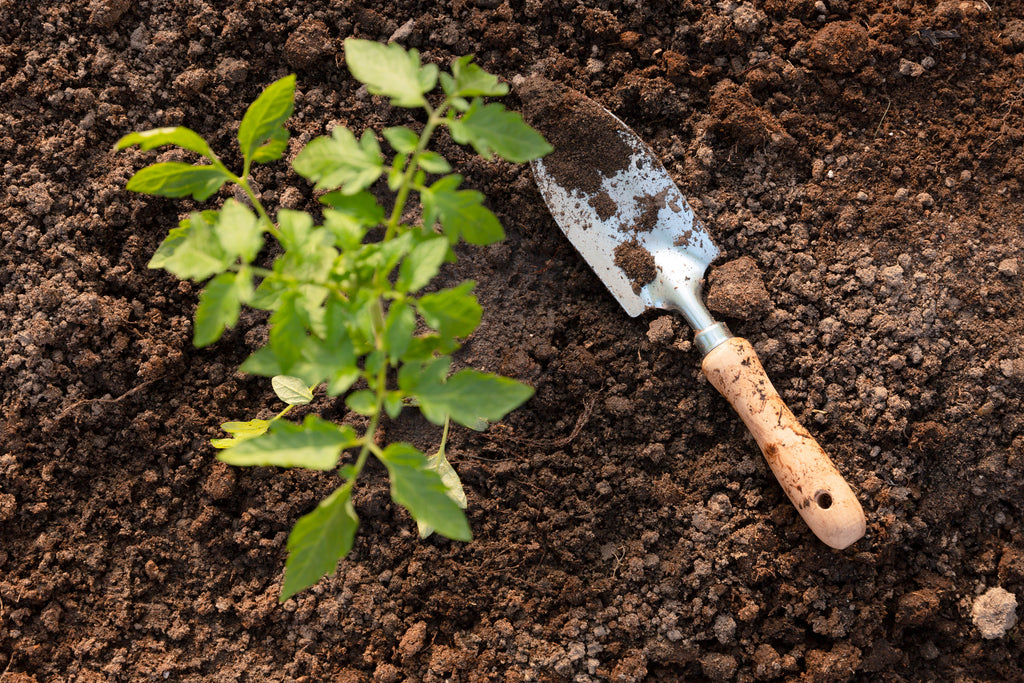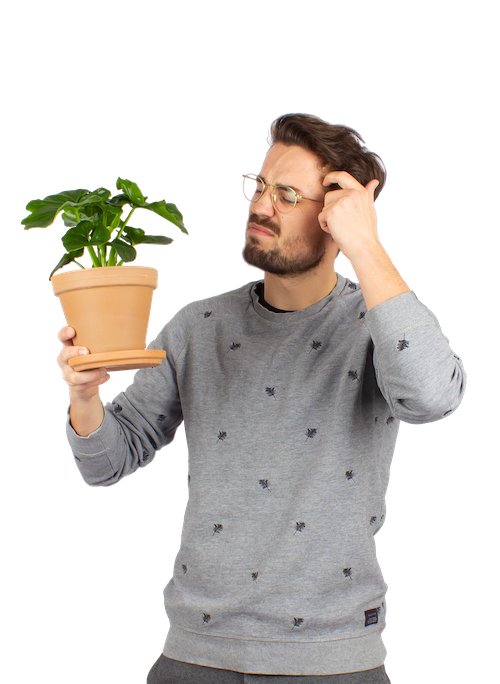Hey gardeners! It’s officially that time of year when we can start to get excited about our gardens, and no garden is complete without soil! Whether you’re a seasoned pro or just starting your gardening journey, understanding the basics of different soil types is an important step to success in a thriving garden. We’re here with Soil 101 to get you started!
Common Types of Garden Soil
Loamy Soil
- Loamy soil has a balanced mix of sand, silt, and clay (40-40-20). It provides excellent drainage while retaining moisture and nutrients, making it ideal for a wide range of plants, and most commonly used.
- Common outdoor plants that thrive in loamy soil include hydrangeas, roses, blueberries, cherry trees, spirea, and thuja occidentalis.
Sandy Soil
- Sandy soil is gritty and loose, allowing water to flow freely through it. While it drains quickly, it tends to dry out rapidly and has fewer nutrients.
- Plants that excel in sandy soil's fast-draining conditions include lavender, succulents, beach sunflowers, raspberries, and certain citrus trees.
Peaty Soil
- Peaty soil is rich in decomposed organic matter, resulting in its dark, crumbly texture. It holds moisture well and is prized for its fertility, especially in acidic conditions.
- Plants that grow well in peaty soil include blueberries, rhododendrons, clematis, and certain varieties of maple trees.
Mossy Soil
-
Mossy soil is acidic and moisture-retaining, making it perfect for plants that thrive in shady, woodland environments. It's characterized by its velvety texture and rich, dark appearance.
-
Common outdoor plants suited for mossy soil include ferns, azaleas, Japanese maple, ornamental grasses, and certain varieties of rhododendrons.

Know Your Native Soil
Before planting directly into the ground, it's important to know the soil type native to your garden space. To do this, grab a handful of soil, add a splash of water, and gently squeeze it together. Loamy soil will hold its shape while remaining loose, sandy soil will crumble apart, and peaty or clay soil will stay intact, resisting any crumbling.
Checking the pH of your soil with a simple test kit is an easy way to determine if any adjustments should be made. Soil pH, which measures acidity, ranges from 0 (most acidic) to 14 (most alkaline), with the ideal range for plant growth falling between 6 and 7. While some edibles and grasses thrive in more acidic soils, most plants prefer a neutral soil pH to reach their full potential.
Finding a Balance
Gardeners often blend various soil types to improve drainage, enhance fertility, or adjust pH levels based on their plant's requirements. For example, adding compost to clay soil can improve its structure and drainage, while mixing sand into dense soils can increase aeration. Experimenting with soil mixes allows gardeners to customize growing conditions, providing plants with the best possible environment for healthy growth and development! Always be sure to check your specific plants for the soil types they prefer, and adjust your soil mix accordingly.
Understanding your soil's composition allows you to provide ideal growing conditions for your plants, and your efforts will be rewarded with a lush, happy garden! So, roll up your sleeves and dig in. A little dirt never hurt!
Don’t forget to check out our blog, Understanding Hardiness Zones in Canada, for more garden planning tips!












